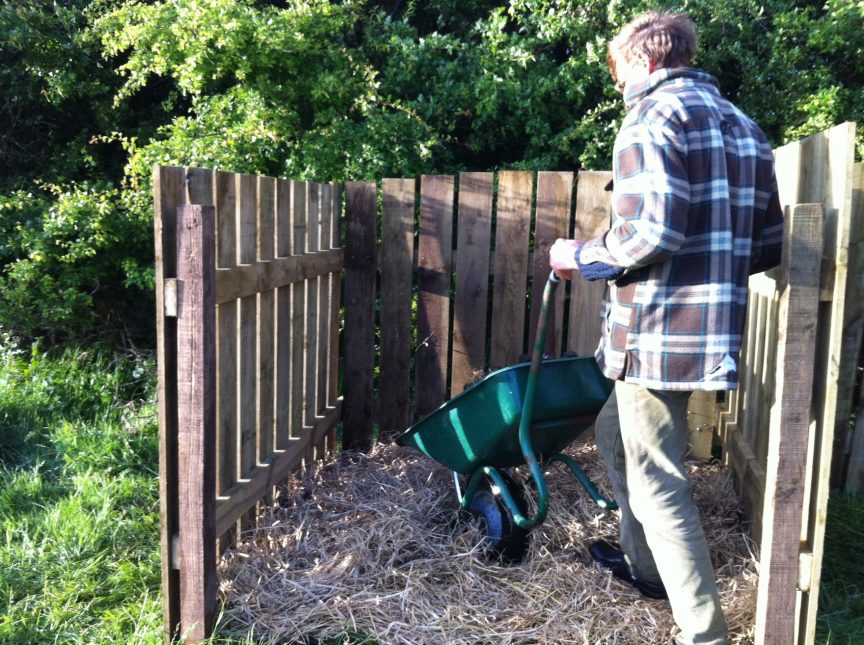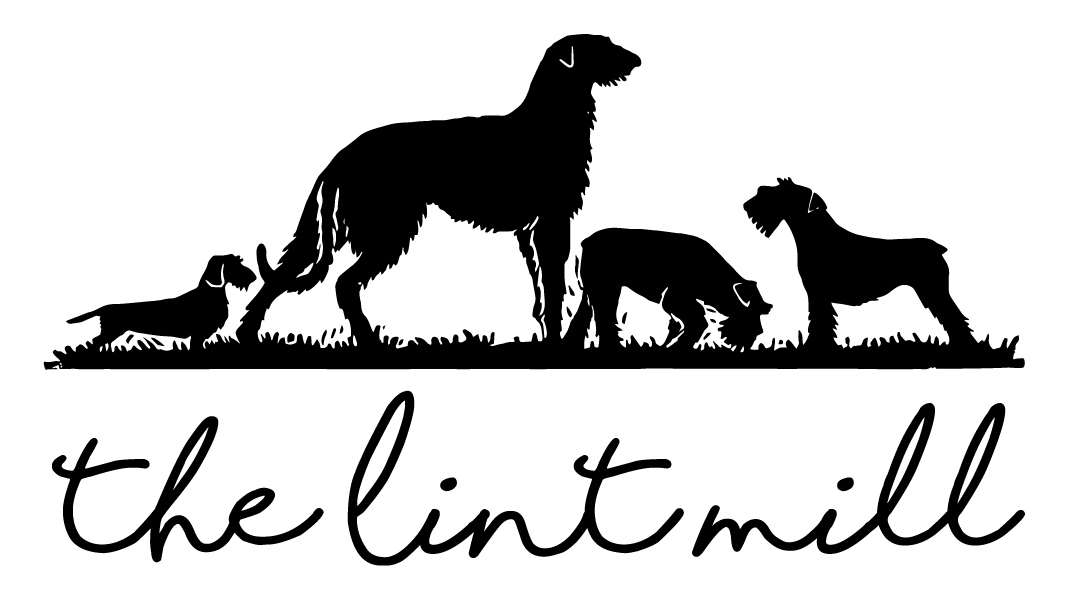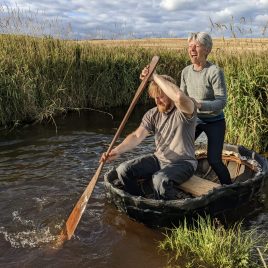
Where There’s Muck…
When we arrived at The Lint Mill in 2009 there was a muck-heap that had been created over years and years by the previous owners. We always felt it was a little too close to the river but it was also the obvious place for it; a dry area near to the point of manure collection, out of view and downwind from the house. However, we wanted to locate it further away from the river, leaving a buffer strip of taller grasses and wildflowers between the heap and the river to keep the manure from washing down the slope during a heavy rainstorm.
We have spent a good deal of time trying to think of what to do with the heap. We didn’t want it to just keep getting bigger. Some of the old stuff was so compacted, that it hadn’t rotted away successfully and so spreading it didn’t seem an option. So, we asked our neighbour to come and flatten the old heap so we could start again with a new management system.
Composting seemed the obvious choice. We only have two of our own horses and a donkey, plus one visiting horse, and we only pick the dung from the summer paddocks, so we hope we would be dealing with manageable quantities of dung. Colin has been composting all our vegetable waste for years and we always need good quality mulch and compost in the kitchen garden, so we decided to do more research.
After a good deal on internet trawling, I found an excellent article from the University of Minnesota called ‘Manure and Pasture Management for Recreational Horse Owners’, which described the process of managing manure by composting in great technical detail. So, with that advice plus a little of the ever reliable Monty Don, we set about constructing large bays for the manure and bedding.
My DIY enthusiast sister was able to make our design a reality with her calculating, measuring and helpful array of power tools! So now we have the first of three 6’ x 6’ x 5’ bays constructed. Colin will alternate layers of manure and bulking materials and with some carful balancing of air, water, carbon and nitrogen, we should have good quality compost in six months time (and lovely mulch in 10 weeks).
Of course, making the compost is only a start, we will have to figure out how to use it all. We do have neighbours who are enthusiastic gardeners, so they may be glad of some and we will certainly be using it ourselves in the raised beds in the kitchen garden.
The best aspect of this enterprise is that by using our own compost to grow our vegetables and flowers, we will complete the organic matter cycle. How satisfying!



